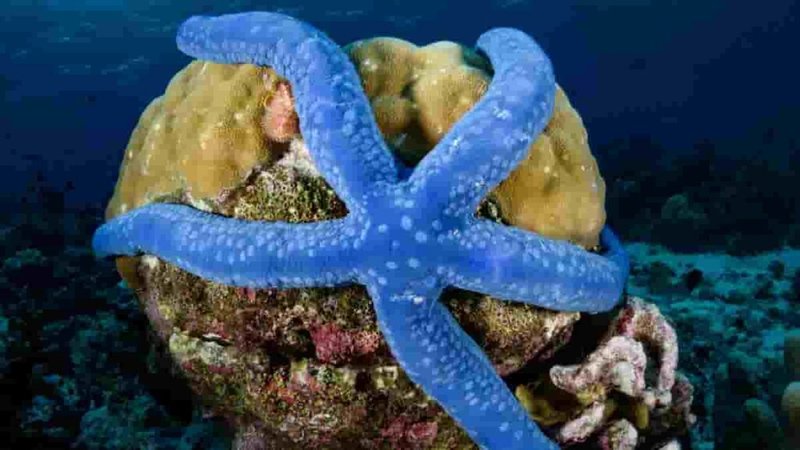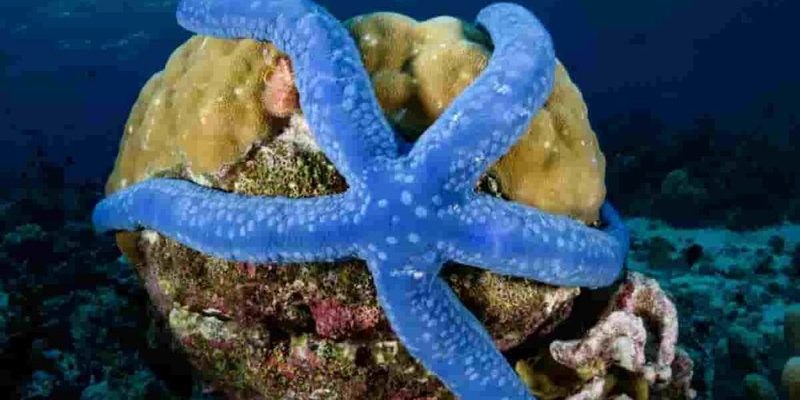
Picture this: you’re at a buffet, and instead of piling food on your plate, you have to get creative. That’s similar to how starfish approach their meals. They have some pretty interesting and, let’s admit, kind of bizarre eating habits. In this article, we’ll dive deep into their diet, how they hunt, and how their feeding habits are essential for their survival in the ocean. So, grab your imaginary snorkel, and let’s explore!
Understanding What Starfish Eat
Starfish are *omnivorous*, which means they eat both plants and animals. Their diet mainly consists of small organisms found in their marine habitat. You might be surprised to learn that starfish have a preference for certain types of food. Most commonly, they enjoy munching on mollusks, which include clams, snails, and oysters. These creatures are abundant in the ocean and serve as a significant source of nutrition for starfish.
When you think about it, the starfish’s diet is like a seafood lover’s dream. Imagine sitting down to a plate filled with fresh clams and snails! But it gets even more interesting. Starfish also feed on coral, algae, and even decaying organic matter. This diverse diet helps them thrive in various environments, from rocky shores to sandy bottoms.
How Starfish Hunt Their Food
Hunting for food underwater is quite different from what we might imagine. Starfish don’t have eyes like we do. Instead, they have small eye spots on the tips of their arms that can sense light and dark. So, when it comes to hunting, they rely on other senses. Here’s where it gets wild.
Let me explain how the process works. Starfish typically use their tube feet, which operate through a neat hydraulic system. They can extend and retract these feet to create a suction effect, which helps them cling onto prey. Once they’ve got a firm grip on a clam or a snail, they use their incredible abilities to pry it open, which is no easy feat.
Think of it like trying to pop the lid off a stubborn jar, but with a lot more suction involved! Once they’ve opened their prey, they can actually push their stomachs out of their bodies to digest the food externally—yes, you read that right! Their stomach secretes digestive enzymes to break down the food, and they then absorb the nutrients. It’s a pretty impressive digestive strategy!
The Impact of Starfish Feeding Habits on Ecosystems
Starfish play a crucial role in their ecosystems, and their feeding habits have a ripple effect on the environment. By preying on bivalves like clams and oysters, they help maintain a balance in marine populations. If starfish weren’t around, these shellfish could overpopulate, leading to imbalances that could disrupt the entire ecosystem.
Additionally, starfish contribute to the health of coral reefs. When they feed on coral polyps, they help control the growth of these organisms, preventing any one species from dominating the reef. So, in a way, starfish are like nature’s gardeners, keeping everything in check.
It’s fascinating to think that these little creatures, with their unique diets and habits, help ensure a healthy and balanced ocean environment. Honestly, it makes you appreciate them even more, doesn’t it?
The Different Types of Starfish Diets
While we’ve talked about the general diet of starfish, it’s important to note that not all starfish eat the same things. Different species have varying dietary preferences. For instance, the crown-of-thorns starfish primarily feeds on coral, while others might focus more on mollusks.
Here’s a quick breakdown of some starfish diets:
- Crown-of-thorns starfish: Primarily feeds on coral.
- Sunflower starfish: Eats a variety of prey, including small fish.
- Chocolate chip starfish: Enjoys algae and small invertebrates.
As you can see, the diversity in diets helps them adapt to their habitats. This adaptability ensures that they can survive and thrive in various ocean conditions. It’s almost like they have customized menus for their specific environments!
Starfish and Their Feeding Behavior
Starfish have interesting behaviors when it comes to feeding. They often use a hunting strategy called *opportunistic feeding*. This means they will eat whatever is available and easiest to catch. If their preferred food is not around, they are quick to adapt and look for other options.
For example, if a starfish finds a pile of dead fish or decaying organic matter, it will not think twice about feasting. This scavenging habit plays a crucial role in the ocean’s food web, helping to recycle nutrients back into the ecosystem.
You might be wondering how they can detect food. Starfish have sensitive skin that can sense chemicals in the water. When they encounter the scent of food, they move towards it. It’s almost like a treasure hunt, where the smell guides them to their next meal!
Seasonal Changes in Starfish Feeding
Just like many creatures, starfish experiences seasonal changes in their feeding habits. During warmer months, food is abundant, and starfish can feed more readily. You might find larger numbers of starfish during this time, as they take advantage of the plentiful food sources available.
However, in colder months, things can slow down. Starfish might become less active, partially due to lower water temperatures and reduced prey availability. They might go into a sort of dormancy, where their metabolism slows, and they conserve energy. During these times, their feeding habits change significantly, allowing them to survive until warmer weather returns.
This seasonal change highlights how adaptable starfish are. They can switch gears when needed, ensuring they can thrive no matter the season.
Starfish, with their remarkable feeding habits and dietary diversity, are truly fascinating creatures. From their unique hunting methods to their significant impact on marine ecosystems, they play a vital role in keeping the ocean healthy and balanced. Honestly, how cool is it that these creatures can digest their food outside their bodies?
Understanding the diet and feeding habits of starfish not only makes us appreciate them more but also reminds us of the intricate connections in our natural world. Next time you stroll along a beach or explore a tide pool, take a moment to think about these incredible sea stars and their culinary adventures beneath the waves. They may be small, but their impact is anything but!

